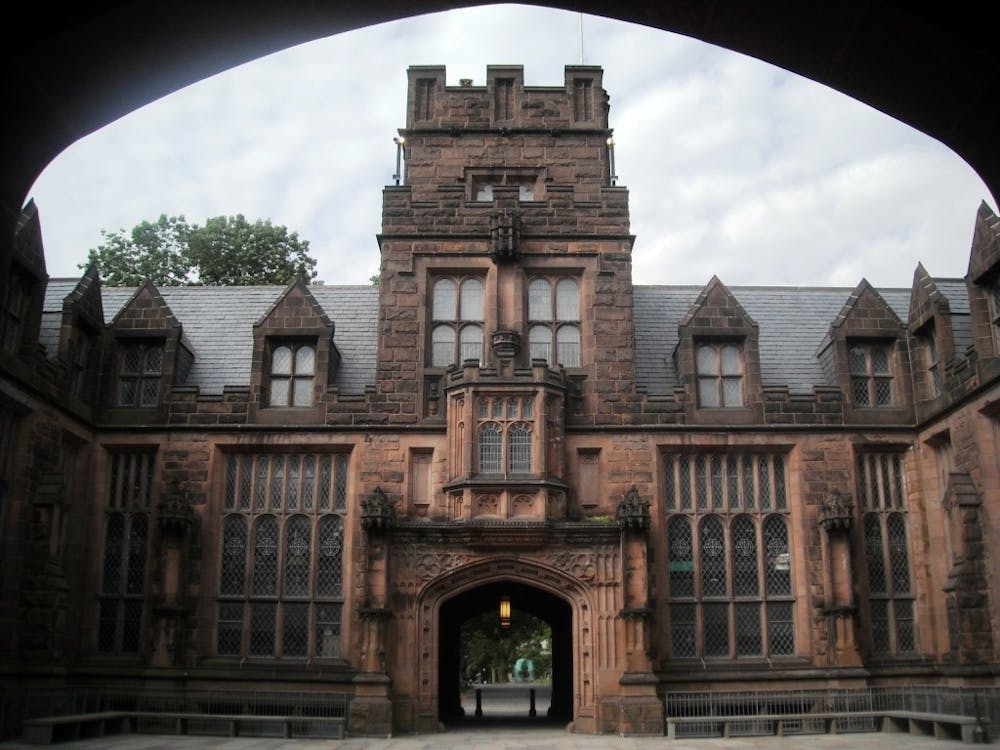A little bit of normal has returned to Princeton with students back on campus, and I, for one, am thrilled. I once again feel that thrum of energy that comes directly from students, that pulse of ambition and intelligence that runs from classroom to dormroom and everywhere in between. The procedures outlined for arrival on campus (though difficult, I’m sure) worked. Regular testing has helped us all feel safe. Our case numbers have stayed low. So what I really mean when I say I’m thankful that students are back is that I’m grateful that you’re back and that you’re safe. Most students at America’s universities weren’t given the opportunity to have it both ways. We owe it to those students to demand better from America’s higher education sector.
COVID-19 hit American universities in all the soft spots: cratering endowments (at least for the first month of the pandemic), lowered student enrollments, and refunded housing or dining fees meant plummeting revenues. In late March, the passage of the CARES Act allocated $14 billion in aid for higher education, but too often those with the greatest need had the least access to emergency funding. By April, as the scope of the crisis was becoming clear, university administrations responded, first with hiring and salary freezes, then with faculty and staff layoffs, and finally, in some cases, with campus closures.
The extent of the financial emergency in higher education inspired Christina Paxson, President of Brown University, to pen an op-ed for the New York Times in late April, arguing that campuses had to reopen in Fall 2020 if they wanted to survive the pandemic. She argued that institutions of higher education were engines of “upward mobility,” and thus that institutions owed it to their students to develop “difficult and costly” plans to “test, trace, and separate” in order to reopen. But, as Corey Robin, Distinguished Professor of Political Science at CUNY, pointed out in a response to Paxson that appeared in the New Yorker in early May, “difficult and costly” test-and-trace plans are only tenable for the wealthiest institutions.
Without sufficient resources to protect students, faculty, and staff — but facing financial ruin — many universities reopened anyway. Mitchell Daniels, President of Purdue University in Indiana, was one of the first to announce his campus’s planned reopening. Other large state universities, like the University of Alabama and Ohio State, followed suit. The results were entirely predictable. As of this writing, the New York Times reports that Purdue’s campuses have had 5,181 COVID-19 cases on campus. Ohio State has had 5,806 cases, and the University of Alabama has had 3,361 cases. Since reopening this spring, Princeton has had 68 cases of COVID-19 on campus.
I understand why those university presidents chose to reopen. I understand why students wanted to return to campus. But the fact of the matter is that most large, publicly-funded universities were unable to bring students back to campus safely. Meanwhile, Brown followed Paxson’s plan and eventually welcomed upperclassmen back to campus in fall 2020. Princeton followed a similar plan and brought you all back safely this spring.
What are the lessons we can learn from an unequal return to campus across American universities? For one, leadership matters. Administrators who outlined big, bold steps to make campuses safer largely succeeded. But while I don’t want to minimize the work that administration and staff did to make Princeton safe, it’s also clear that money matters. Students at publicly-funded universities fared worse than those at elite private institutions.
So that’s why, even when I embrace this taste of normalcy, I can’t help but worry about the state of higher education in America more broadly. How vulnerable must our public universities be if scarce financial resources forced them to risk the lives of their students, faculty, and staff? And if these universities are making policy to the detriment of their students, faculty, and staff even when the detrimental effects of those policies are easily exposed, then imagine the extent to which scarce funding structures policy decisions that aren’t so easily quantified?
The truth is, those of us working within the higher education sector have known for a long time that public higher education in America is in crisis. Like so many other inequalities within American society, COVID-19 simply laid bare the extent of that crisis. The cracks and fissures within the foundation of American higher education have been growing for decades. But now we see them clearly — and we have to act.

And that’s why the rest of my columns for The Daily Princetonian as a faculty opinion contributor this semester will outline a case for why Princeton students and faculty should support the New Deal for Higher Education, launched by the American Federation of Teachers and the American Association of University Professors and supported by Rep. Ayanna Pressley (D-Mass.) and Sen. Elizabeth Warren (D-Mass.). The plan outlines a bold new strategy for using federal dollars to make quality higher education accessible to all — that means to students at public universities struggling under massive budget shortfalls, at community colleges, and at small regional universities — and not just to those, like us, who are privileged to teach and study at Princeton.
Melissa Reynolds is the Perkins-Cotsen Postdoctoral Fellow in the Society of Fellows in the Liberal Arts and Lecturer in the History Department and Humanities Council. She can be reached at melissa.reynolds@princeton.edu.









